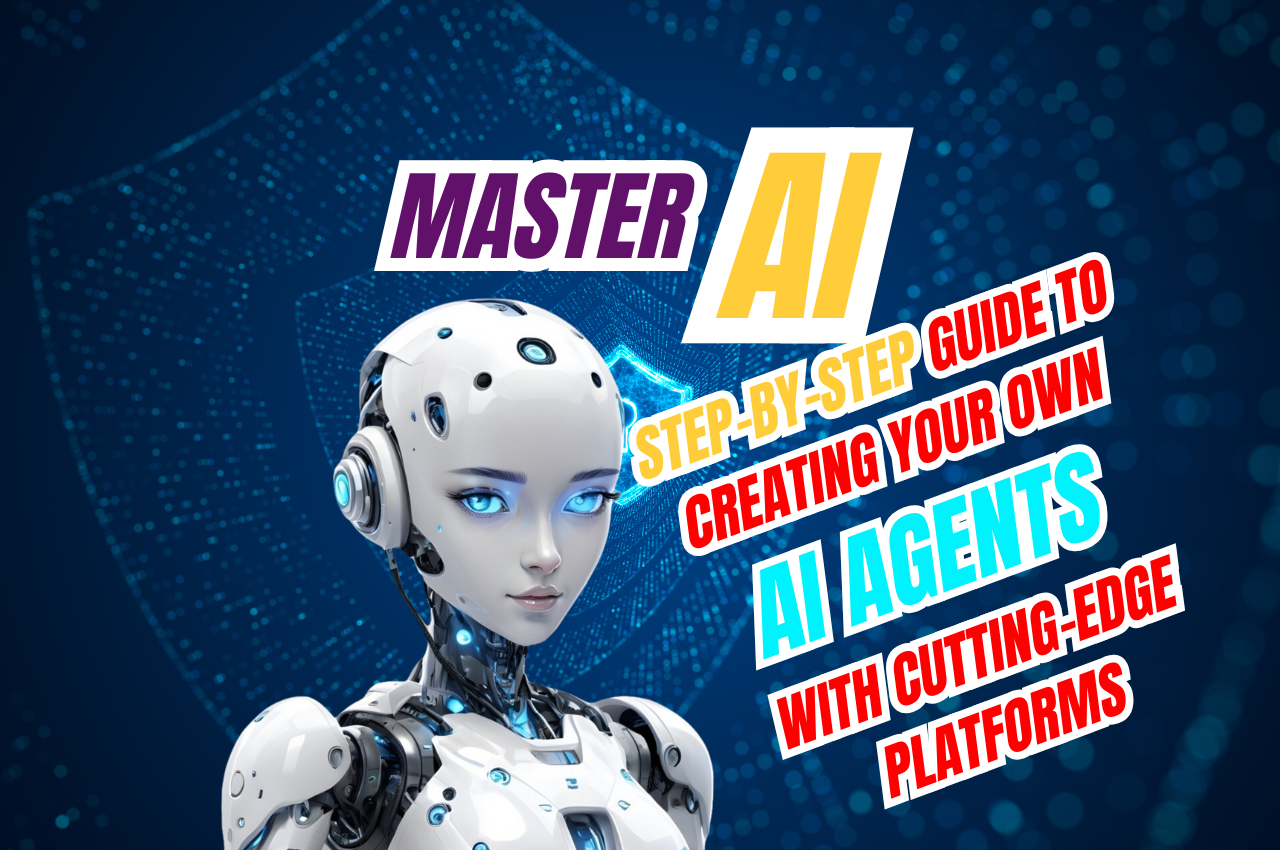Why I’m Writing This Blog: My Journey Through the Microsoft Learn Challenge
As I sit down to write this blog, I can’t help but reflect on the incredible journey I’ve just completed. Participating in the Microsoft Learn Challenge was more than just a learning experience; it was a transformative adventure that pushed me to new heights.

Writing this blog is my way of sharing this incredible journey with others. I want to inspire fellow learners and professionals to take on challenges, embrace new technologies, and push their boundaries. The Microsoft Learn Challenge was a pivotal moment in my professional growth, and I hope my story encourages others to embark on their own journeys of discovery and transformation.
Creating your own AI agents using the latest AI platforms can be an exciting and transformative experience! Here’s a step-by-step guide to get you started:
Step 1: Choose Your AI Platform
Select a platform that suits your needs. Some popular options include:
- Microsoft Copilot Studio: Ideal for creating intelligent agents with advanced capabilities.
- OpenAI: Offers powerful models like GPT-4 for various applications.
- Google Cloud AI: Provides a range of tools for building and deploying AI solutions.
Step 2: Define Your Agent’s Purpose
Determine what you want your AI agent to do. This could be anything from customer support, personal assistance, data analysis, to creative writing.
Step 3: Gather and Prepare Data
Collect the data your agent will need to function effectively. This might include FAQs, user queries, or any relevant information.
Step 4: Design the Agent’s Workflow
Outline how your agent will interact with users. Define the conversation flow, including greetings, responses, and fallback options.
Step 5: Build and Train Your Agent
Use the tools provided by your chosen platform to build and train your agent. This involves:
- Creating intents: Define what the agent should understand and respond to.
- Training with data: Use your collected data to train the agent for accurate responses.
- Testing: Continuously test and refine the agent’s performance.
Step 6: Deploy and Monitor
Once your agent is ready, deploy it on your desired platform (website, app, etc.). Monitor its performance and make adjustments as needed to improve accuracy and user satisfaction.
Step 7: Iterate and Improve
AI development is an ongoing process. Regularly update your agent with new data and features to keep it relevant and effective.
Creating AI agents can significantly enhance productivity and user experience.

